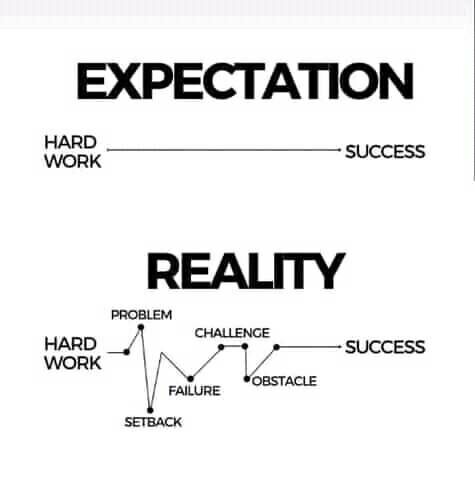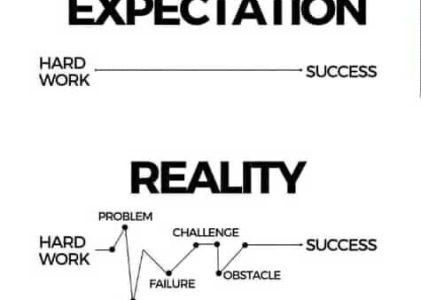Objection: Failure is inevitable.”
Resolution: Redefine Failure
In the realm of an invincible mindset, the concept of failure undergoes a profound transformation. It ceases to be a dead-end, morphing into a pivotal pitstop on the journey to unprecedented success. Let’s delve into the intricate dance between setbacks and triumphs, and discover how redefining failure is the key to unlocking your full potential.
Understanding the Fear of Failure
The fear of failure is a universal human experience. It’s the apprehension that accompanies the possibility of not meeting expectations, falling short of goals, or facing the disapproval of others. In the pursuit of an invincible mindset, it’s crucial to recognize that failure is not an endpoint but a crucial milestone in the path to success.
Redefining Failure: A Paradigm Shift
1. Failure as Feedback:
Instead of viewing failure as a verdict on your abilities, see it as feedback. Every setback is a lesson, providing insights into what worked and what needs improvement. It’s a mirror that reflects your journey, guiding you toward refinement and growth.
2. Learning Opportunity:
Failure is not a sign of inadequacy; it’s an opportunity to learn and evolve. It invites self-reflection, allowing you to analyze your approach, identify weaknesses, and strategize for future endeavors.
3. Building Resilience:
Facing failure with resilience is a testament to the strength of your character. Resilience is not the absence of failure but the ability to bounce back stronger. It’s the cornerstone of the invincible mindset, forging a path from setback to comeback.
4. Redefining Success:
Challenge the conventional definition of success. It’s not a linear journey devoid of setbacks; rather, success is a mosaic of achievements and failures. Each failure propels you forward, shaping a narrative that is uniquely yours.
Real-Life Example: The Wright Brothers
Consider the story of the Wright Brothers, pioneers of aviation:
- Challenge: Conquering the skies when conventional wisdom deemed it impossible.
- Failure: Numerous setbacks, including failed experiments and skepticism from the scientific community.
- Redefinition: Instead of succumbing to defeat, the Wright Brothers treated each failure as a lesson. They adjusted their designs, learned from mistakes, and eventually achieved the first controlled, sustained flight.
Practical Steps to Redefine Failure
1. Shift Your Perspective:
See failure not as a roadblock but as a detour leading to a more scenic route. It’s not the end; it’s a redirection toward growth.
2. Analyze and Adapt:
After a setback, conduct a thorough analysis. What went wrong? How can you adapt your strategy? Use failure as a catalyst for improvement.
3. Cultivate a Growth Mindset:
Embrace challenges and view effort as a path to mastery. A growth mindset thrives on challenges and sees failure as an opportunity to stretch and learn.
4. Celebrate Small Wins:
Acknowledge and celebrate the small victories along the way. Each step forward, no matter how small, is a testament to your resilience and progress.
Conclusion: Turning Setbacks into Comebacks
In the invincible mindset, failure is not a dark cloud but a silver lining. It’s a companion on the journey, guiding you toward greatness. As you navigate the twists and turns of your endeavors, remember that the road to success is paved with the stepping stones of failure.
So, the next time you encounter a setback, don’t perceive it as a dead-end. Embrace it, learn from it, and redefine it as a crucial chapter in your success story. The invincible mindset doesn’t fear failure; it thrives on it, transforming stumbling blocks into stepping stones toward unprecedented success.


100% agree. Failure is about learning and moving forward. EVERYONE fails at the things they do throughout their lifetime, but the majority of what we see are the successes. Especially in the world of innovation, where failure happens far more frequently than success. You have to first figure out what doesn’t work before you can figure out what does.
Couldn’t agree more. Failures often provide very valuable information and only those making attempts are learning this info.